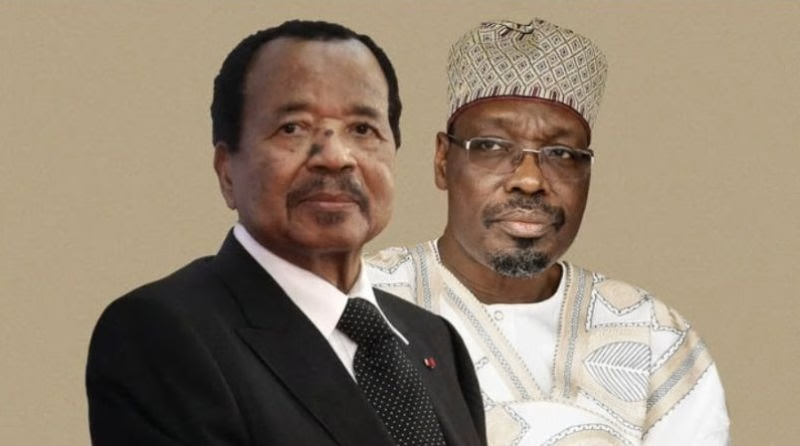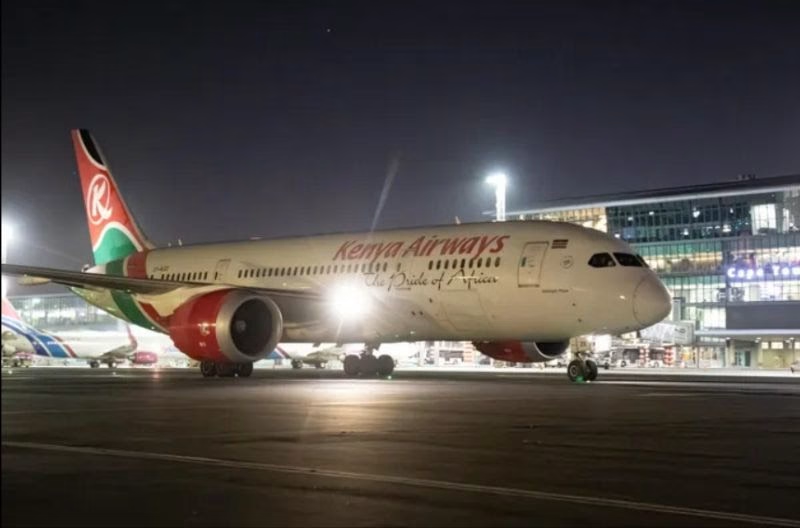By Dr Allan Pamba – Executive Vice-President Diagnostics, Africa at Roche Diagnostics
In the late 1990s and early 2000s, Africa – and my home country, Kenya – was gripped by the HIV/AIDS epidemic. Fresh out of medical school, as young healthcare professionals, we were confronted with a daunting reality – the epidemic was rampant, and our resources were scarce.
At the local hospital, we would gather for ward rounds, and due to the high number of patients with end-stage AIDS, our professors would typically declare that they would only review the two or three non-AIDS patients with us because there was not much we could do for the rest — who we would have to cover.
As a result, young doctors like myself had to manage many patients with end-stage AIDS who had essentially come to the hospital prepared to die. It was a gut-wrenching experience that would forever shape my perspective on healthcare.
The most significant challenge was the process of diagnosis. Patients needed to undergo mandatory pre and post-test counselling. All testing had to be done in a hospital setting. This was a formidable barrier to testing due to the paucity of trained counsellors — often just the hospital matron in a 400-bed facility.
The diagnostic tests then were complex and time-consuming, leaving patients waiting a week or more for their results. To make matters worse, post-test counselling of patients with positive results was very much akin to handing over a death sentence.
There was also widespread stigma that surrounded HIV/AIDS. I knew surgeons who would flatly refuse to operate on a patient if they had clinical AIDS or lacked a negative HIV test result. Sadly, in the community, it was often the case that people avoided shaking hands or even sharing utensils with relatives or individuals who had clinical AIDS.
The circumstances prompted me to set up one of the first HIV Comprehensive Care Clinics in government service before the advent of life-saving Antiretroviral medicines (ARVs). I decided to affectionately call it “The Family Clinic”, which we based at the Kilifi District Hospital – then a very remote facility on the coast of Kenya — with a little shining beacon of hope that was the Kemri-Wellcome Trust Malaria Research Facility where I was primarily employed.
My employer donated my time and a modest pharmacy of drugs to treat opportunistic infections. I was thus able to run this HIV clinic one day every week. Simple as it was, that was one of the best things I have ever done in my career.
Much of my time was spent talking to patients who commonly faced depression following their diagnosis. I remember one young lady, though. Her name was MC, a local woman of about 27 years old.
MC sold moonshine for a living, often arriving at the clinic under the influence of alcohol, giddy and quite optimistic — the kind of patient one never forgets. Despite her diagnosis and circumstances, she always remained positive and happy, and I remember laughing a lot with her.
I guided her to cut down on her alcohol use and advised her to focus on her children and her overall health. Over time, we became close friends. It was surprising that she never succumbed to depression despite understanding the gravity of her diagnosis.
As my patient count rose, many died, having progressed to clinical AIDS because there was no treatment available. I began to rethink my career. Eventually, I left for London to further my studies and then went on to build my career in the pharmaceutical industry. A decade after I had left, I was invited back to the Kemri-Wellcome Trust Research Unit for an anniversary celebration.
When I returned, the Family Clinic, which was once a single, dilapidated room next to the TB clinic, had been completely transformed into a professional, organised facility. It was far bigger and more sophisticated, and when I was invited to see a few patients again, I agreed despite feeling rather rusty.
My first patient walked in. She looked healthy and happy. She asked if I remembered her. I drew a blank. But when she hugged me, I realised it was MC! She had survived, thanks to ARVs that were introduced a few years after I had left. This emotional reunion reminded me that there’s always hope, no matter how bleak things may seem. Just start — even when the end isn’t clear.
Today, diagnostics and treatments reach even the most underserved communities. Clinical AIDS cases have dwindled – becoming almost non-existent thanks to early diagnosis and the evolution of ARVs. And thanks to freely available information and education, the stigma has also diminished.
Looking ahead, we must safeguard the gains we have made because the virus has not gone away. Our continued commitment to research, development and community-led initiatives is crucial.
This year, the WHO (World Health Organization) member countries voted to adopt the resolution on “Strengthening diagnostics capacity”. With early diagnosis being prioritised across the continent, more people have a chance at getting treatment.
This is a significant step, as diagnostics have historically been grossly underfunded. A resolution, however, is not legally binding; and funding is never guaranteed. Local governments must recognise that we need to reallocate budgets strategically.
One of the most prominent patrons dedicated to ending HIV/AIDS by 2030 – The U.S. President’s Emergency Plan for AIDS Relief (PEPFAR) – faces an uncertain future. We can’t take our foot off the pedal yet, especially with key funders under fire.
Public health allocations should strike a budgetary balance between diagnostics and treatment. Finding the right formula is a collective effort involving public-private partnerships that allow governments to leverage private resources to serve more patients. Ongoing investments in medically focused human capital are vital, and when all these building blocks fall into place, an end to HIV/AIDS could be in sight.
Here’s to survivors like MC, who allow themselves to live in hope. We celebrate what we have achieved so far, but let’s continue to partner to build better healthcare systems, drive access for all patients and eradicate stigma.











